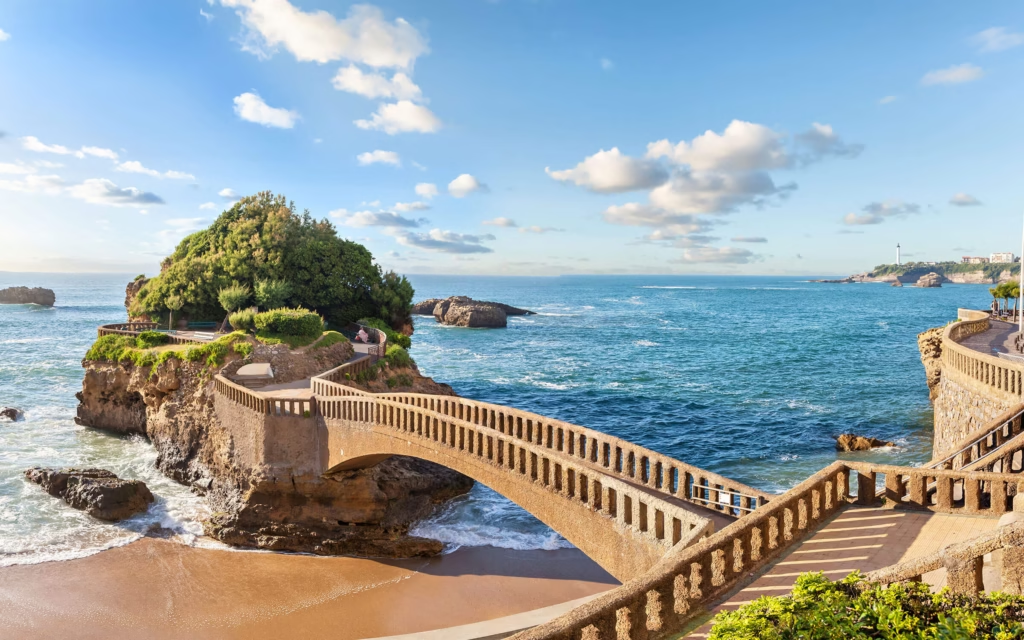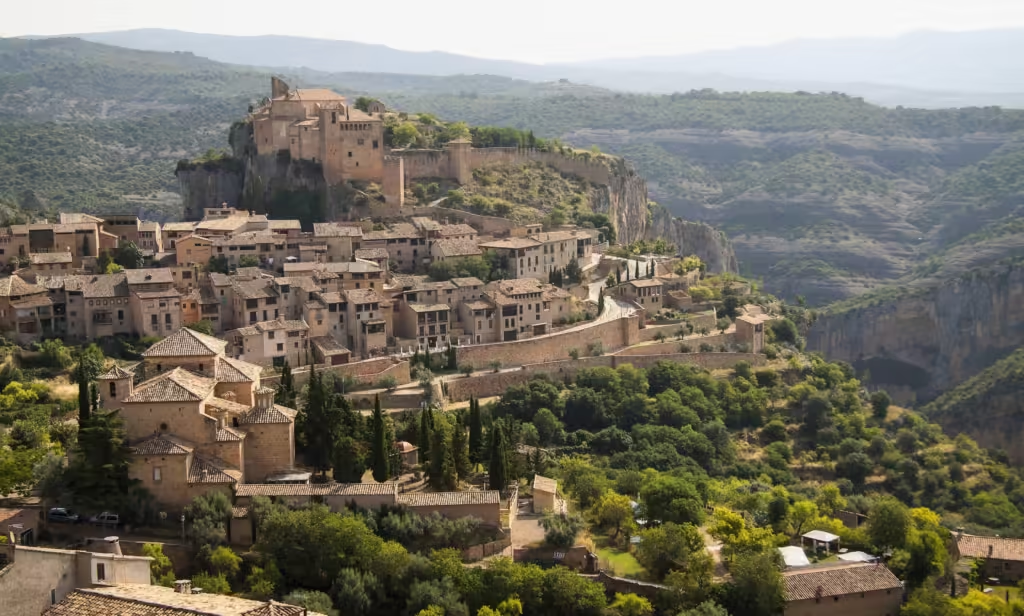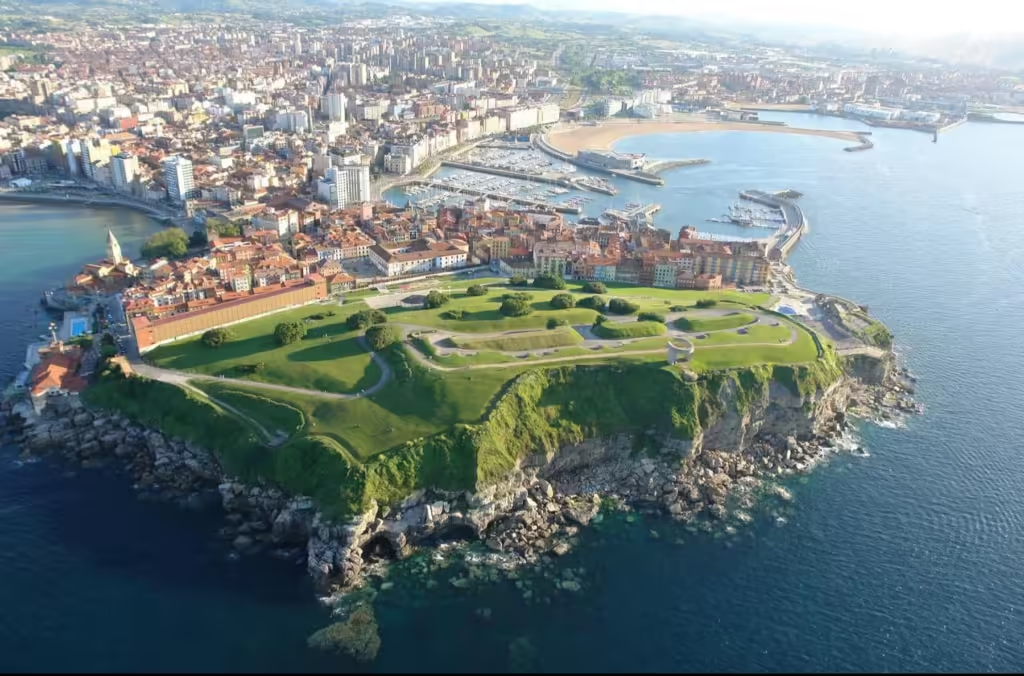The Basque Country, also known as País Vasco, is a stunning and culturally rich region located in northern Spain and southwestern France. Famous for its spectacular landscapes, unique traditions, and delectable cuisine, the Basque Country offers visitors a distinct experience compared to other Spanish regions. Whether you are interested in exploring picturesque seaside towns, savoring some of the best food in the world, or immersing yourself in a vibrant culture, the Basque Country has something for everyone.
Table of Contents
Overview of the Basque Country
Best Time to Visit the Basque Country
Top Tourist Attractions in the Basque Country
Bilbao and the Guggenheim Museum
San Sebastián
Vitoria-Gasteiz
Outdoor Activities in the Basque Country
Basque Country Cuisine and Dining Experiences
How to Get Around the Basque Country
FAQs About Visiting the Basque Country

Why visit the Basque Country
Art, food, and coastline define the region. The Guggenheim Museum Bilbao changed the city’s future. La Concha ranks among Europe’s most photogenic urban beaches. Pintxos bars pack the old quarters. Rioja Alavesa pours crisp whites and elegant reds. UNESCO sites add depth along the shore and river.
Overview of the Basque Country
The Basque Country (País Vasco) is a region that offers a mix of mountains, coastline, and cosmopolitan cities. Situated in the northeastern corner of Spain, the region borders France and is famous for its beautiful Bay of Biscay coastline, as well as its inland mountains and valleys. The Basque Country is composed of three provinces: Álava, Biscay, and Gipuzkoa. Its distinct culture, which includes its own language (Euskara), sets it apart from other parts of Spain, making it a truly unique destination.
The Basque people are known for their strong cultural identity, as well as their warm hospitality and welcoming spirit. Whether you’re walking through vibrant city streets or picturesque villages, you’ll quickly notice the deep-rooted traditions and pride that the Basques have for their homeland
Best Time to Visit the Basque Country
The best time to visit the Basque Country is during the late spring (May to June) and early autumn (September to October). These months offer pleasant temperatures, making them perfect for exploring the region’s natural beauty and enjoying outdoor activities. Summer (July to August) is also a popular time to visit, but it can be more crowded, especially in popular spots like San Sebastián. Winters are generally mild, though coastal areas can experience some rain.
Top Tourist Attractions in the Basque Country
Bilbao and the Guggenheim Museum
Bilbao, the largest city in the Basque Country, has transformed from an industrial hub into a cultural capital, attracting visitors from all over the world. The iconic Guggenheim Museum is one of the city’s most well-known attractions. This contemporary art museum, designed by architect Frank Gehry, features an impressive collection of modern and contemporary art, as well as an eye-catching design that has become a symbol of the city.
Aside from the Guggenheim, Bilbao offers a mix of modern and traditional elements, including the Casco Viejo (Old Town), a charming area full of narrow streets, shops, and traditional bars serving pintxos, the local Basque version of tapas.
San Sebastián: The Culinary Capital
San Sebastián (or Donostia in Basque) is one of the most beautiful cities in Spain and is known for its stunning beaches and world-renowned culinary scene. The city boasts two popular beaches: La Concha Beach, known for its sweeping crescent shape and fine golden sand, and Zurriola Beach, which is popular with surfers.
San Sebastián is also famous for its Michelin-starred restaurants and pintxos bars, making it a paradise for food lovers. The city’s Parte Vieja (Old Town) is packed with pintxos bars serving delicious bite-sized creations that showcase the region’s culinary prowess.
Vitoria-Gasteiz: The Green Capital
Vitoria-Gasteiz is the capital of the Basque Country and has earned the title of Green Capital for its numerous parks and green spaces. The historic medieval quarter of Vitoria-Gasteiz is well preserved and filled with beautiful architecture, charming squares, and impressive churches, such as Cathedral of Santa María. The city’s dedication to sustainability, clean streets, and eco-friendly urban planning make it an enjoyable place to explore on foot or by bike.
Outdoor Activities in the Basque Country
The Basque Country is an outdoor lover’s paradise, offering a wide variety of activities that allow you to take in the region’s natural beauty. Hiking is one of the most popular activities, with plenty of trails in the Urkiola Natural Park, Gorbeia Natural Park, and the Picos de Europa. The Camino de Santiago also passes through the Basque Country, making it a great place to walk a segment of this famous pilgrimage route.
For those who enjoy the sea, the Basque coastline offers fantastic opportunities for surfing and kayaking. Mundaka, a small fishing village, is known for having one of the best surf waves in Europe. Additionally, there are charming coastal towns such as Getaria, Bermeo, and Zarautz that are perfect for a relaxing day trip.
Basque Country Cuisine and Dining Experiences
One of the highlights of visiting the Basque Country is the food. Basque cuisine is considered among the best in the world, and it’s easy to see why. The region boasts a mix of traditional dishes and modern culinary creations that are sure to impress even the most discerning foodies.
A must-try dish is Bacalao a la Vizcaína, which is salt cod served in a rich red pepper and tomato sauce. Another popular dish is Txangurro, a spider crab prepared with garlic, onions, tomatoes, and brandy. The Basque Country is also home to txuleton, a large bone-in ribeye steak that is grilled to perfection.
For a more casual experience, try pintxos at local bars. Pintxos are small portions of food, often served on bread, that are best enjoyed with a glass of txakoli, a slightly sparkling white wine from the region.
How to Get Around the Basque Country
The Basque Country has a well-connected public transportation system, which makes getting around relatively easy. Bilbao and San Sebastián both have efficient bus and tram networks, and the region also has trains connecting major cities. Euskotren is a regional rail network that connects different parts of the Basque Country, making it convenient for travelers to move between cities and towns.
For more flexibility, renting a car is also a good option, especially if you want to explore the more rural areas of the region or the coastline. Roads in the Basque Country are well maintained, and driving through the countryside offers breathtaking views of the landscape.
.
FAQs About Visiting the Basque Country
1. Is the Basque Country Safe for Tourists?
Yes, the Basque Country is generally considered very safe for tourists. The region has a low crime rate, and visitors can feel comfortable walking around cities and towns. As with any destination, it’s always advisable to take basic safety precautions, such as keeping an eye on your belongings.
2. Do People Speak English in the Basque Country?
While Spanish is the main language spoken in the Basque Country, you will also encounter Basque (Euskara), the unique language of the region. In larger cities and tourist areas, many people speak some level of English, especially in hotels, restaurants, and tourist attractions. Learning a few basic Spanish phrases can be helpful when traveling in more rural areas.
3. What Is the Currency Used in the Basque Country?
The Basque Country uses the euro (€) as its official currency, just like the rest of Spain. Credit cards are widely accepted, but it’s always a good idea to have some cash on hand for smaller establishments or markets.
4. What Are Some Must-Try Foods in the Basque Country?
Some must-try foods include pintxos, Bacalao a la Vizcaína, Txangurro, and txuleton. The region is also known for its delicious txakoli wine, which pairs perfectly with the local dishes.
5. How Many Days Should I Spend in the Basque Country?
To fully experience the Basque Country, it’s recommended to spend at least 5-7 days. This will give you enough time to explore the main cities, enjoy the local cuisine, and take day trips to the beautiful coastal and rural areas.
Conclusion
The Basque Country is a unique and captivating destination that offers a mix of rich culture, world-renowned cuisine, beautiful landscapes, and vibrant cities. From the striking architecture of Bilbao’s Guggenheim Museum to the sandy beaches of San Sebastián, there is something for every type of traveler. Whether you love hiking, dining, or simply soaking in the atmosphere of a new place, the Basque Country will leave you with unforgettable memories.
Plan your trip today and experience the beauty and culture of one of Spain’s most fascinating regions.

